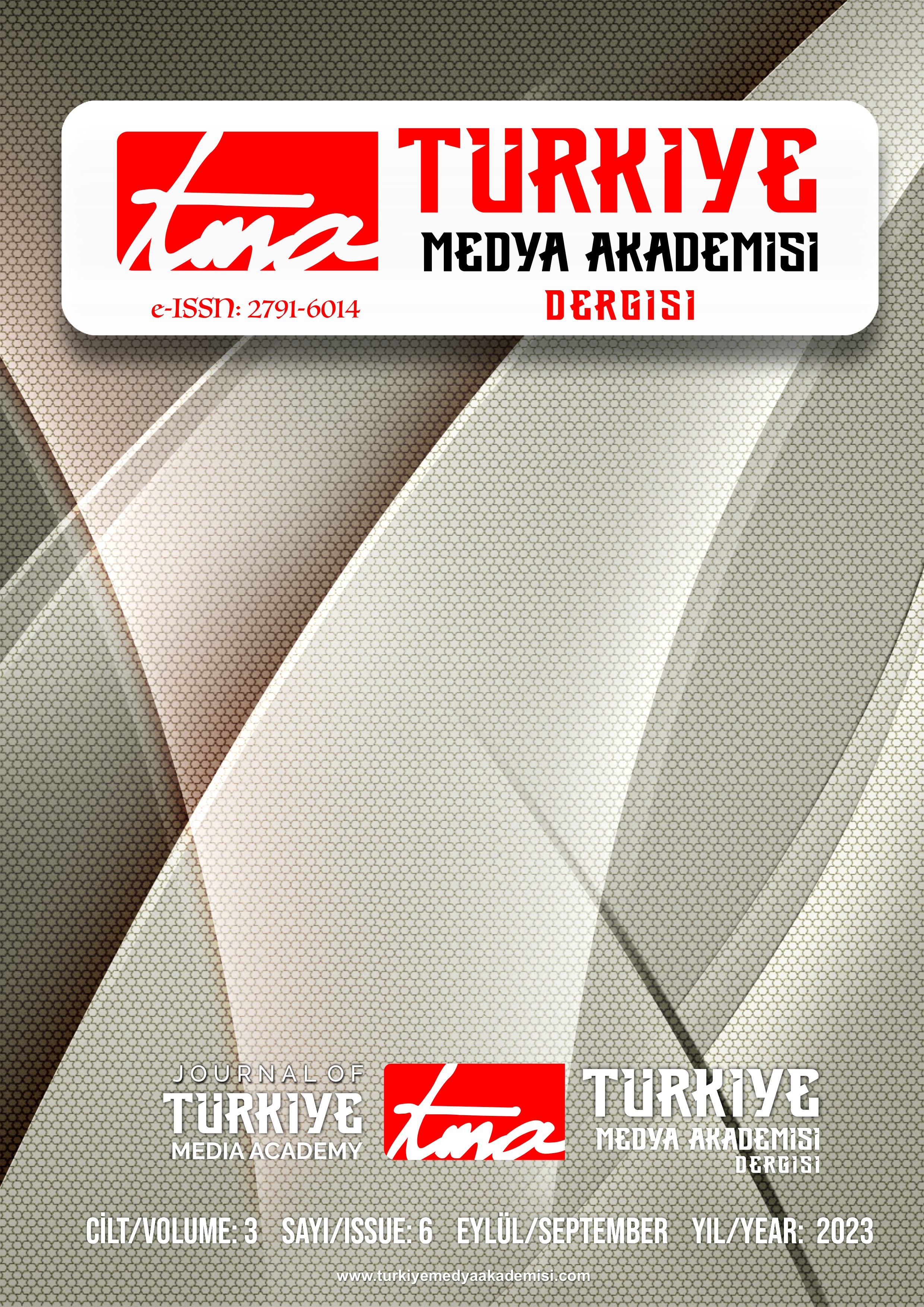SPREAD OF FAKE NEWS AND DISINFORMATION ON SOCIAL MEDIA: THE CLAIM THAT THE KAHRAMANMARAŞ EARTHQUAKE WAS A HAARP WEAPON
DOI:
https://doi.org/10.5281/zenodo.8378837Keywords:
Fake News, Disinformation, Social Media, Kahramanmaraş Earthquake, Manipulation.Abstract
In this study, the devastating earthquake that occurred in Kahramanmaraş on February 6, 2023 and the subsequent posts spread on social media are examined. The aim of the study is to investigate the effects of disinformation, perception management and fake news reaching large masses through social media posts during disaster and crisis periods. It is tried to understand the effect of social media on the use of perception method and reconstruction of reality in a certain segment of society, especially during crisis periods, by distorting reality through social media. Areas where large masses reach news and information, such as social media, can be among the sources of disinformation due to the opportunities for rapid sharing and the uncontrollability of information. Posts that produce conspiracy theories and disinformation are put into circulation, especially during periods of crisis and disaster, or constantly to influence certain social groups on perceptions. This study conducts a discussion on the role that the spread of fake news and disinformation through social media plays in moments of social crisis. As the most current example of this, the arguments and social media posts regarding the claim that HAARP weapons were used in the Kahramanmaraş-centered earthquake are examined. The data of the study reveal that the claim that the source of the earthquake was the HAARP weapon was used to hide the real causes and responsibilities of the destruction by creating an artificial agenda regarding the earthquake and to change the direction of social anger and debate.
Downloads
Published
How to Cite
Issue
Section
License
Copyright (c) 2023 Journal of Türkiye Media Academy

This work is licensed under a Creative Commons Attribution-ShareAlike 4.0 International License.


